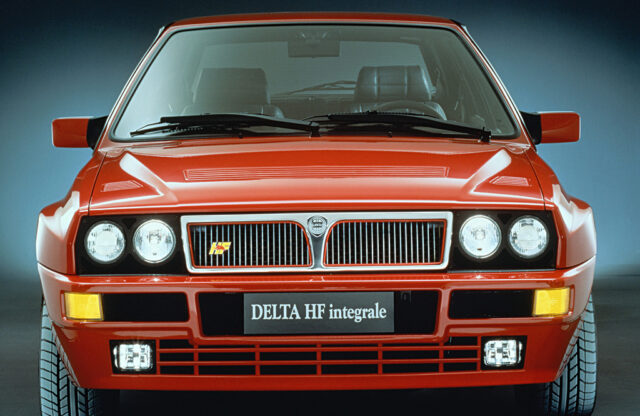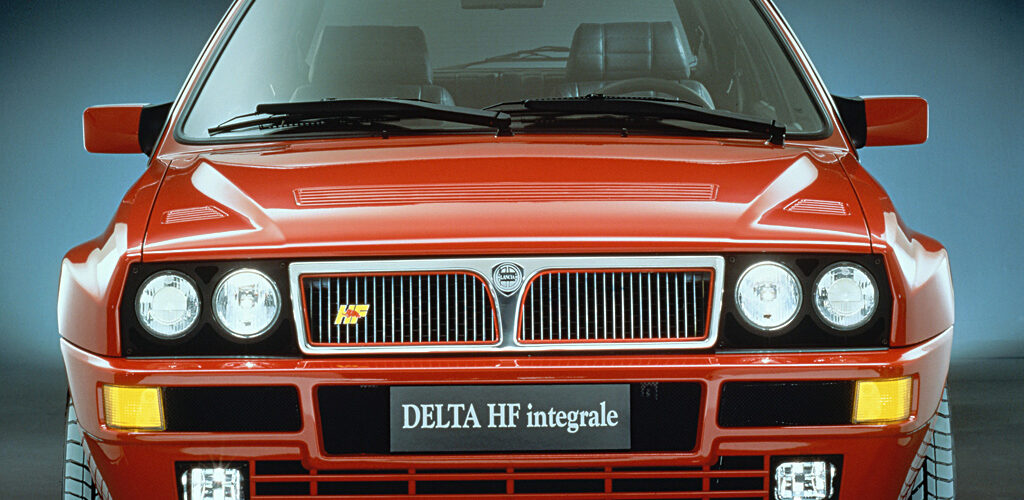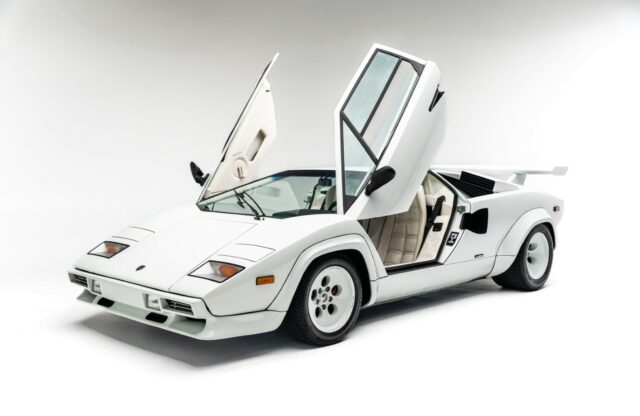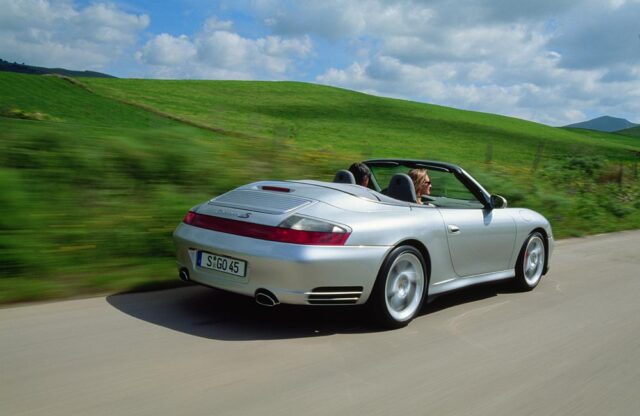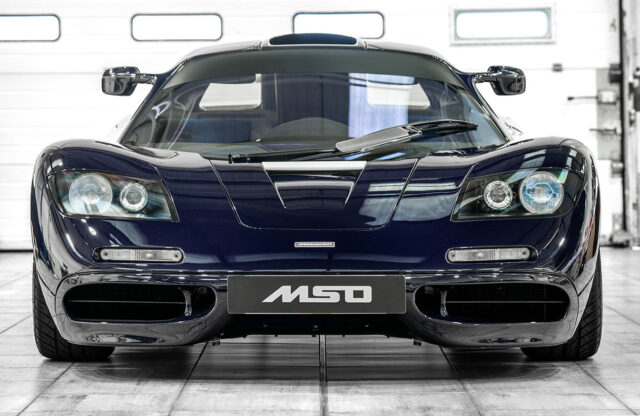Born from a need to meet motor sport regulations, homologation specials are some of the most fascinating cars out there. They tend to feature race-bred components and unique features, which sets them apart from their less exotic stablemates, and transforms them into engaging driving machines.
The Lancia Delta Integrale undoubtedly falls into this category. Developed to satisfy the World Rally Championship homologation requirements, it was one of the first hot hatches to effectively utilise turbocharging and four-wheel drive.
Piloting one today, the age of the platform immediately becomes apparent – the Integrale’s underpinnings were first used in the standard Delta model way back in 1979. However, as soon as you get accustomed to the turbo lag and relatively high driving position, the Integrale’s charms quickly emerge. The car still has extraordinary grip through tight corners, and it produces a satisfying surge of acceleration when on boost. Today’s crop of 300bhp-plus hot hatches may easily outpace it, but in its day the Integrale was as quick point-to-point as just about anything on four wheels.
Introduced in 1986 as the 163bhp Delta HF 4WD, this little turbocharged hatchback received incremental updates right up to the end of production in 1994. The pinnacle of the Delta’s development was the 215bhp Integrale Evoluzione II models, whose acceleration would leave a Ferrari 348 owner in disbelief.
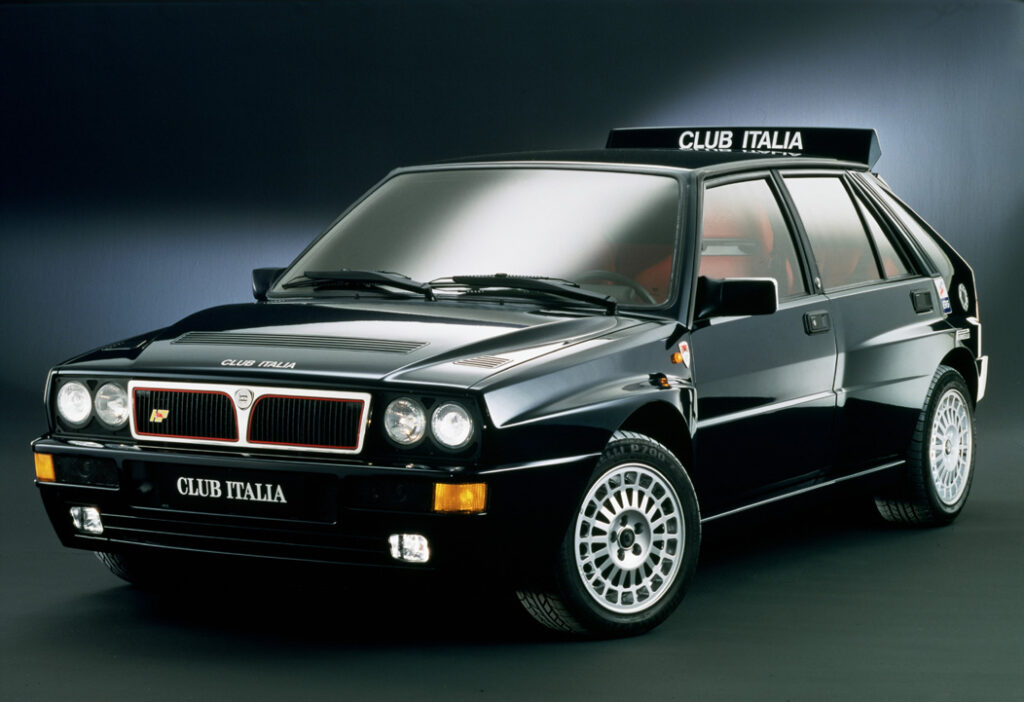
ENGINE AND GEARBOX
The basic Integrale block is solid, but many cars have been remapped and modified, which puts a lot of strain on the internals. Listen for a noisy idle, because some cars develop worn cam lobes, leading to camshaft damage. Smoky exhausts and a drop in power can point to worn valve guides, tired turbos, or both.
The limited space under the bonnet means that accessing certain components such as the turbo can be labour intensive. As a consequence, rectifying a minor oil leak or changing a belt may cost more than you might assume.
Synchros take a beating, and crunching in any of the low gears may require a gearbox-out repair. The differentials are strong and should not be troublesome, although the front epicyclic diff doesn’t enjoy being launched. If the car has been driven hard, do be wary of this.
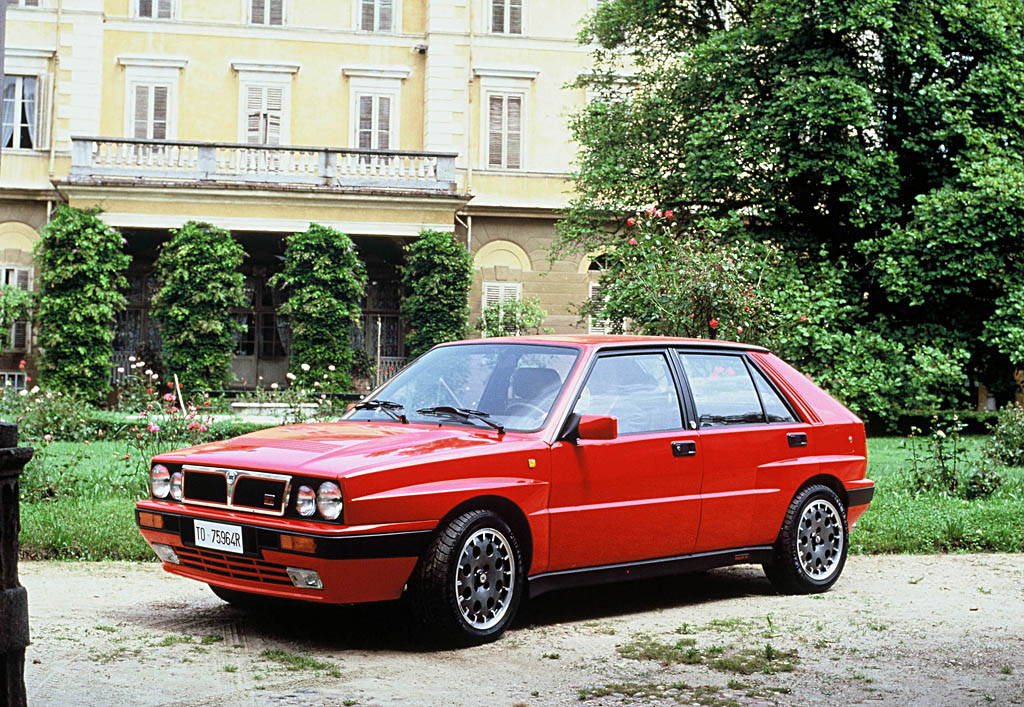
SUSPENSION AND BRAKES
The standard suspension system offers a good compromise between comfort and handling. Some owners will have uprated the springs and installed strut braces, but this can negatively affect the car’s overall balance. The chassis can also develop cracks if a very stiff suspension set-up is installed, so it is best to avoid heavily modified examples. A set of fresh suspension bushes and shocks on the standard system can make a big difference to the way a vehicle handles. Modified brakes are common, too. This is no bad thing, because the standard units are not entirely up to the task of regular hard use.
Integrale Evo models came with front strut braces along with upgraded Brembo four-pot front brakes. Only the Edizione Finale, limited to 250 models for Japan, came with a rear OMP strut brace.
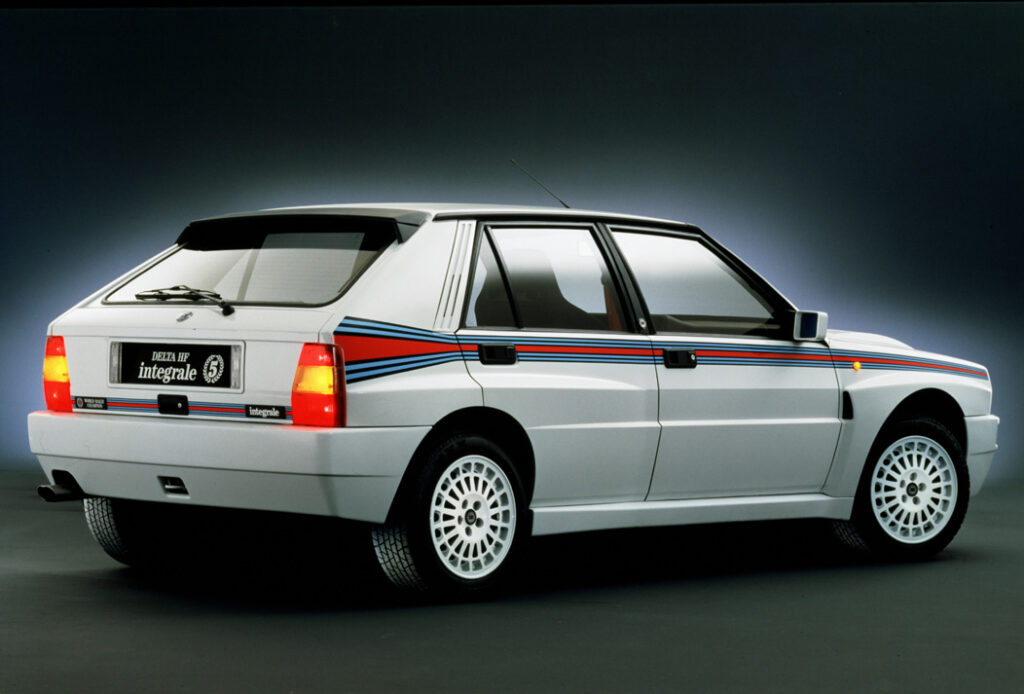
BODYWORK
The Integrale may look hardcore thanks to its aggressive bodykit (especially on later Evo models), but beneath all the plastic bravado is the shell of a late-1970s hatchback that was at its limit dealing with 200bhp-plus and a grippy all-wheel-drive set-up. The result is that some cars have developed stress cracks around the A-pillars and windscreen surrounds.
Rust can also manifest itself in the usual places such as the wheelarches, sills, rear subframe and floorpan. Not all panels are easy to source, but there are specialists that can rectify a corroded shell – for a price. Mopar and FCA Heritage have recently begun to offer parts for the Integrale, starting with genuine front and rear bumpers made using the original moulding equipment.
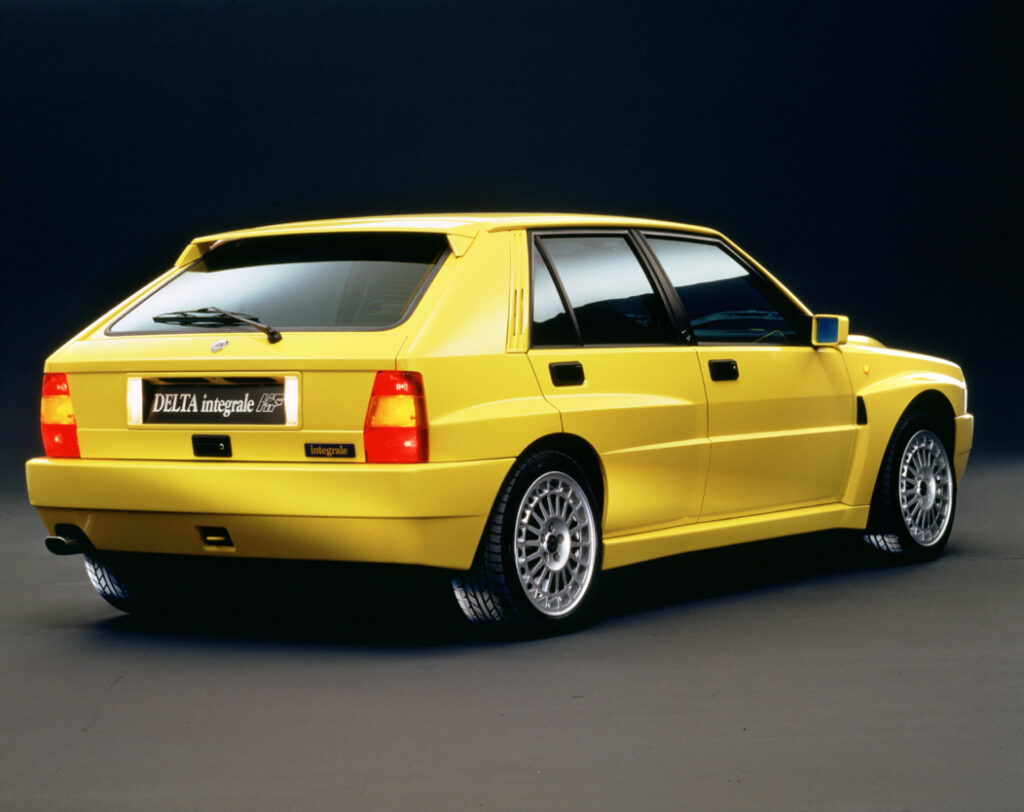
INTERIOR
If the steering wheel is on the right-hand side of the car, you are probably sitting in one of the handful of dealer-converted examples. If the paperwork is not on hand to prove its provenance, however, you should probably keep looking. The basic interior shares much with the standard Lancia Deltas of the time, meaning there are plenty of hard plastics and budget switchgear. Despite that, most of the materials are robust, although the seat bolsters tend to wear out and door cards can start looking tired.
Check that all the electrics work; some issues can be traced back to faulty fuses or earthing, but certain electronic components can be difficult to source.
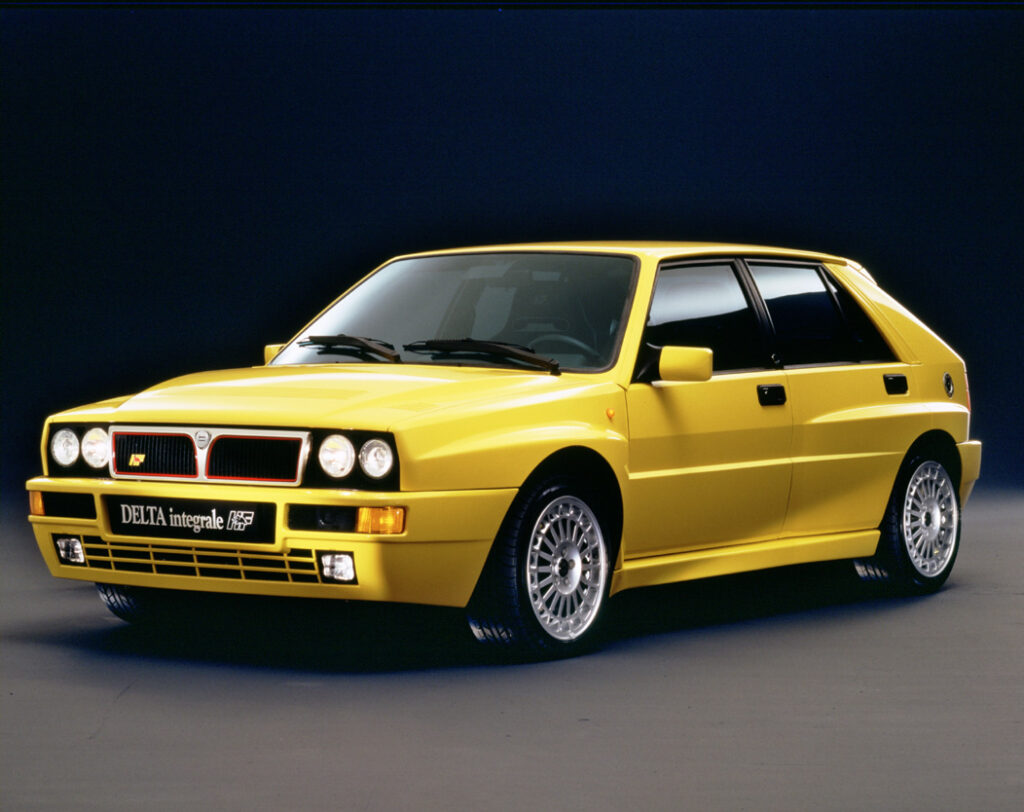
WHICH LANCIA DELTA INTEGRALE TO BUY
With so many iterations and incremental updates carried out, it’s easy to get lost in the details. Values have not always been at these high levels, and many cars have been modified and crashed over the years. Your primary focus should be to find a well kept model with a verifiable service history, rather than a particular variant.
Test more than one car, as condition can really impact on the drive. The later Evoluziones are the quickest and most capable, but few owners will be thrashing theirs on a regular basis – more so now that values are so high for these final cars. For an equally engaging experience and a great nostalgia trip back to the 1980s, any of the earlier HFs will do the trick.
Find the best one you can afford, and drive it regularly – if only to remind other road users that Lancia used to produce some of the world’s most desirable cars.
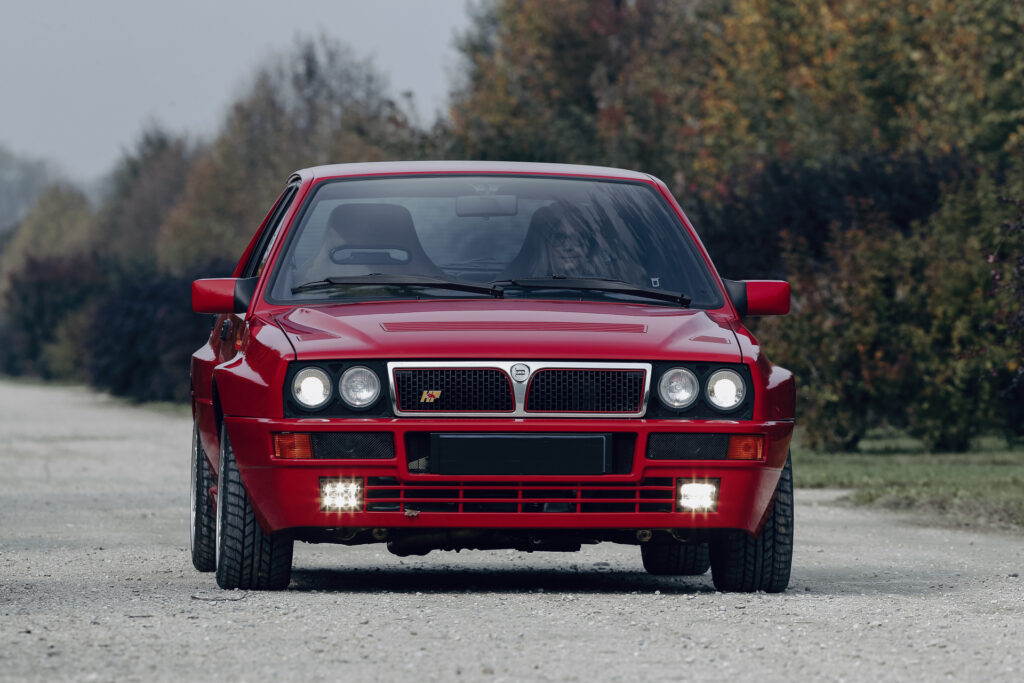
WHAT TO PAY
1987 – 8v: Fair: £17,000 Good: £23,600 ($N/A) Excellent: £30,800 Excellent: £42,100
1989 – 16v: Fair: £18,500 Good: £22,900 ($50,400) Excellent: £32,000 Excellent: £44,700
1992 – Evo: Fair: £33,400 Good: £48,000 ($75,200) Excellent: £62,100 Excellent: £81,700
1994 – Evo 2: Fair: £42,000 Good: £55,400 ($111,000 US) Excellent: £72,000 Excellent: £97,300
Prices sourced April 2024 via Hagerty’s Price Guide. Special-edition models will cost more.
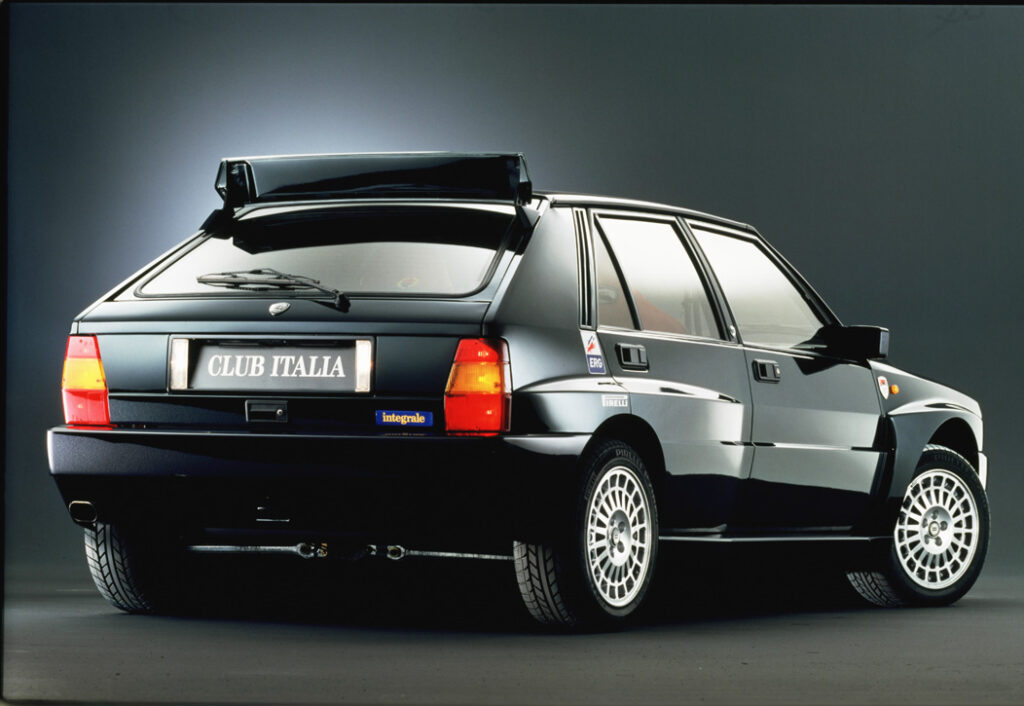
SPECIFICATIONS
Engine: 2.0-litre turbocharged inline-four
Power: 163-215bhp
Top speed: 129-137mph
0-60mph: 5.7-7.8 seconds
Economy: 20mpg (est.)
